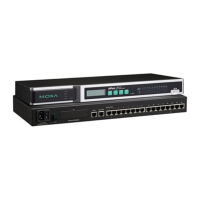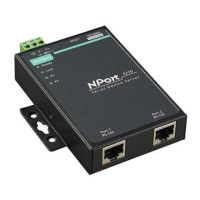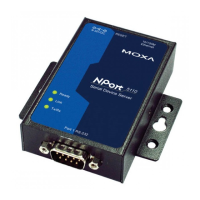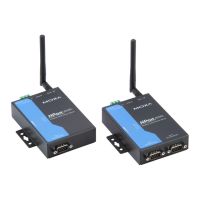Reverse Terminal Applications
Reverse terminal applications are similar to terminal applications in that they involve using the CN2600 to
manage the connection between a terminal and a server. The difference is that with reverse terminal
applications, the terminal is connected through the network and the server is connected through the serial port,
rather than the other way around. In practice, a reverse terminal session typically involves a network
administrator telnetting to a device that has a dedicated serial console port used specifically for configuration
purposes.
For example, many routers, switches, UPS units, and other devices (including the CN2600) have Console/AUX
or COM ports to which a terminal can be physically connected for console management. With the CN2600, the
device’s console port can be connected to a serial port on the CN2600, allowing a network administrator to
telnet to the device remotely through the network. Although modern network equipment generally allows other
options for remote configuration through the network, there are situations in which it is necessary or desirable
to configure a device by serial console (e.g., for security reasons, when using older-generation equipment, or
as a backup configuration method when the network is down).
CN2600 reverse terminal modes allow the use of the CN2600 User Table or a RADIUS server for identity
verification purposes. Please refer to the Misc. Network Settings section in Chapter 8, System Management
Settings, for instructions on setting up the CN2600 User Table.
Reverse Telnet
Reverse Telnet mode is widely used for device management in telecommunication control rooms. The system
waits for a host on the network to initiate a connection. Since TCP Server mode does not assist with conversion
of CR/LF commands, reverse terminal applications that require this conversion should use Reverse Telnet
mode.
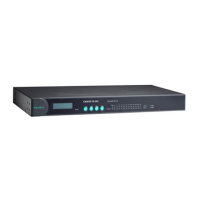
